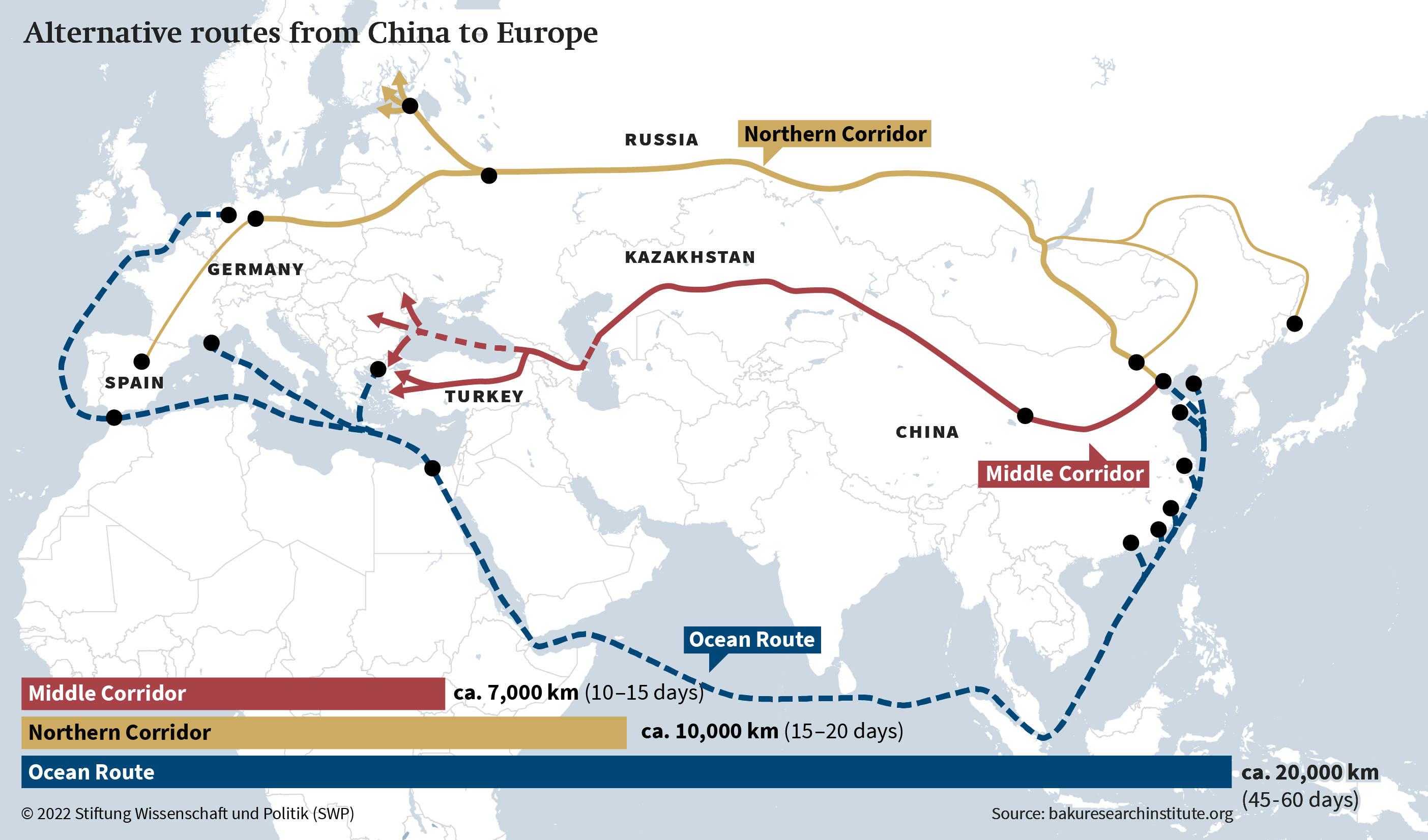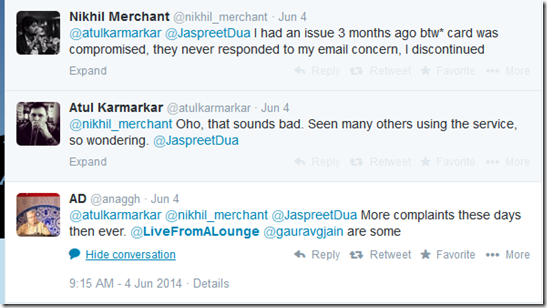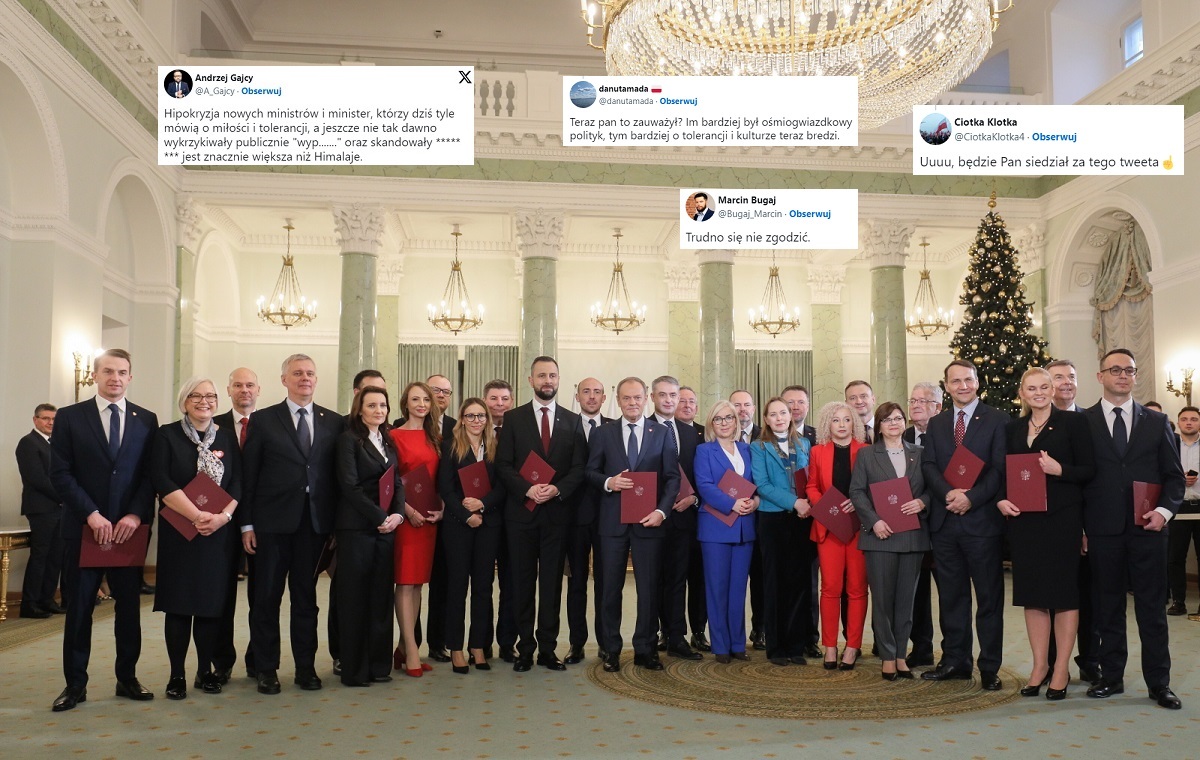The Los Angeles Wildfires: A Case Study In The Growing Market Of Catastrophe Betting

Table of Contents
The Mechanics of Catastrophe Betting
Catastrophe betting isn't about placing bets on the occurrence of a wildfire; rather, it involves sophisticated financial instruments designed to manage and transfer risk associated with catastrophic events. This market primarily utilizes three key mechanisms:
-
Insurance-Linked Securities (ILS): ILS act as an alternative risk transfer mechanism. They allow insurance companies to offload some of their risk to investors. These securities are designed to pay out only when a predefined catastrophic event, like a wildfire exceeding a certain severity threshold, occurs. This diversification protects insurers and provides investors with potentially high returns, though with inherent risk.
-
Catastrophe Bonds: These are a specific type of ILS. Essentially, they are bonds issued by insurance companies or government entities that pay interest until a predefined catastrophic event triggers a payout. If the event doesn't happen, investors receive the principal and interest as usual. Catastrophe bonds allow for the diversification of investment portfolios, offering unique risk-return profiles. In the case of the LA wildfires, the performance of catastrophe bonds issued prior to the event would have directly reflected the accuracy of the risk models used in their pricing.
-
Prediction Markets: These markets allow participants to trade contracts based on the probability of a future event, such as the severity of a wildfire. While not directly a form of catastrophe betting in the traditional sense, they provide valuable data on collective risk assessment. Analysis of prediction market activity before and after the LA wildfires could reveal shifts in perceptions of wildfire risk.
In the context of the LA wildfires, the data from these markets could have been used to assess potential losses, enabling more accurate pricing of insurance policies and informing disaster preparedness strategies.
The Los Angeles Wildfires: A Data-Rich Case Study
The LA wildfires provided a wealth of data for catastrophe modeling. Factors like weather patterns (Santa Ana winds, drought conditions), historical fire data for the region, building density in affected areas, and even vegetation type all played crucial roles in assessing risk.
-
Climate Change's Influence: The increasing frequency and intensity of wildfires, largely attributed to climate change, significantly impacted catastrophe bond pricing before and after the fires. Models incorporating climate change projections would have likely predicted a higher risk than models that didn't.
-
Data and Bond Pricing: The data used in catastrophe models directly influenced the pricing of catastrophe bonds. The actual losses from the LA wildfires could then be compared against the predictions embedded in these bond prices, providing valuable feedback for future model refinement.
-
Prediction Accuracy: Assessing the accuracy of predictions made prior to the LA wildfires against the actual losses is crucial. This helps evaluate the efficacy of the models and data used. Discrepancies highlight areas requiring improvement in catastrophe modeling techniques.
-
Subsequent Changes: Following the fires, insurance premiums and risk assessments in wildfire-prone areas, including Los Angeles, undoubtedly increased, reflecting the updated understanding of the risk.
Ethical Considerations and Regulatory Challenges
Catastrophe betting raises significant ethical questions. Profiting from natural disasters can be seen as morally reprehensible, particularly when considering the suffering experienced by affected communities.
-
Morality Debate: The fundamental question is whether profiting from misfortune is ethical. Some argue that catastrophe betting is a legitimate form of risk management, while others view it as exploitative.
-
Regulatory Oversight: The industry requires robust regulatory frameworks to prevent market manipulation and ensure transparency. Governmental oversight is vital to protect against potential abuse.
-
Market Manipulation: The potential for market manipulation is a serious concern. False information or strategic trading could distort the market, leading to inaccurate risk assessments and potentially unfair outcomes.
-
Transparency and Responsibility: Promoting transparency in catastrophe betting markets and encouraging responsible investment strategies is critical for mitigating ethical concerns and ensuring fair practices.
The Future of Catastrophe Betting and Investment
The catastrophe betting market is poised for significant growth. Technological advancements, particularly in AI and machine learning, will play a pivotal role in this expansion.
-
AI and Machine Learning: AI-driven risk assessment models offer the potential for more accurate predictions, leading to more efficient risk transfer mechanisms.
-
Future Market Trends: We can anticipate the development of more sophisticated financial instruments designed to manage a broader range of catastrophic risks, including those related to climate change.
-
New Financial Instruments: The future might see the emergence of new derivative products offering more nuanced risk exposures related to specific disaster types and locations.
-
Climate Change's Influence: As climate change intensifies, the catastrophe betting market's importance will only grow, necessitating further innovation and regulatory refinement to address the increased risks.
Conclusion
The Los Angeles wildfires serve as a stark reminder of the devastating impact of natural disasters and simultaneously illustrate the rapidly expanding market of catastrophe betting. This market, while offering innovative tools for risk management, also raises important ethical and regulatory questions. Understanding the complexities of catastrophe betting, its potential benefits and risks, is crucial for investors and policymakers alike. Learn more about the evolving landscape of catastrophe betting and its implications for future disaster preparedness. Further research into the impact of the LA wildfires on this market is essential for developing more robust and responsible approaches to disaster risk management, and mitigating the inherent ethical implications of this rapidly developing industry.

Featured Posts
-
 Jersey Mikes Subs Expansion Galesburg Location Confirmed
May 18, 2025
Jersey Mikes Subs Expansion Galesburg Location Confirmed
May 18, 2025 -
 Indias Economic Sanctions On Pakistan Turkey And Azerbaijan A Detailed Overview
May 18, 2025
Indias Economic Sanctions On Pakistan Turkey And Azerbaijan A Detailed Overview
May 18, 2025 -
 Bringing Your Pet On Uber In Mumbai A Step By Step Guide
May 18, 2025
Bringing Your Pet On Uber In Mumbai A Step By Step Guide
May 18, 2025 -
 Dziennikarze Onetu Pozwani Przez Panstwowa Spolke Chodzi O 100 Tys Zl
May 18, 2025
Dziennikarze Onetu Pozwani Przez Panstwowa Spolke Chodzi O 100 Tys Zl
May 18, 2025 -
 Spring Breakout 2025 A Look At The Confirmed Rosters
May 18, 2025
Spring Breakout 2025 A Look At The Confirmed Rosters
May 18, 2025
